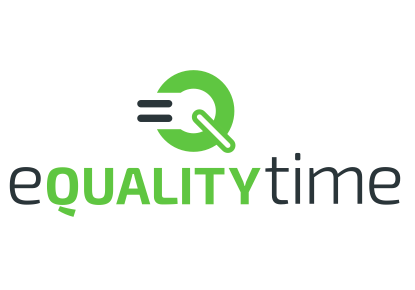We ran a Google Optimize test over the last month. We tested four variants of the White Water Writers homepage to see which one was most ‘effective’. In this example ‘effective’ means ‘sent people to the contact page’.
The result was fascinating.
So, when we started the test, the White Water Writers landing page had some text, and then two buttons, one to click if you are a student, and one if you are a teacher. (The student one goes to a page that encourages students to tell teachers about the project, because it’s the teacher that needs to book with us).
The four variants we tested were:
- The original version.
- A cut down version of the introduction text
- The introduction text was replaced by some introduction text we wrote for a grant recently.
- The removal of one of the buttons so that users only had one change.
Here’s the results:
There isn’t much in it, but the ‘just one box’ outperformed the others. This was completely unexpected; the idea of having two boxes was because we thought people prefer having some level of choice.
Now, it’s literally only one user making the difference between two boxes and one box, so there isn’t much in it. But given that we went to extra effort to give the choice, it’s amazing that they are on par.
However, that’s not the full story. It turns out that the ‘bounce rate’ (the percentage of people that looked at the page and then immediately left) for the ‘one box’ version was 70%, compared to 50% for the normal one. That suggests that more people were at least exploring the site
Now let’s look at more data:
| Variant | Experiment Sessions | Pages/Session | Avg. Session Duration | % New Sessions | Bounce Rate |
| Original | 44 | 2.07 | 00:00:43 | 81.82% | 50.00% |
| From grant proposal | 62 | 2.32 | 00:01:07 | 77.42% | 46.77% |
| Less text | 51 | 2.63 | 00:01:30 | 86.27% | 45.10% |
| Just one click box | 46 | 1.85 | 00:01:20 | 80.43% | 69.57% |
So, it looks like in terms of ‘getting people to spend time on the site and look around’, the ‘less text’ version is doing best, even if those people aren’t actively making it to the ‘contact’ page.
This is muddy right? Depending on how we judge the ‘value’ of visits, any of those variants could be the ‘right’ one.
Conclusion
Here’s the conclusion I came to – the homepage isn’t the problem. Four different versions of it (some quite drastically different) didn’t meaningly affect results. If we want to increase the number of students who do this wonderful project, then we have to get it in front of teachers and the front page of the website isn’t what’s stopping them. We’ll run more tests on other sections, and look into how our Google Ads is (or isn’t) working. In the meantime we’ll do what we’ve always done – do good work in schools and rely on word-of-mouth.
